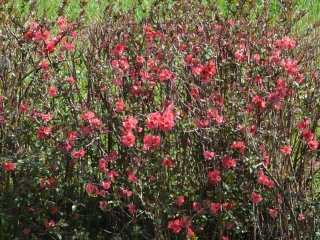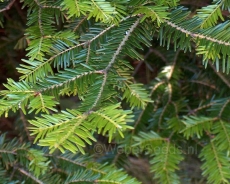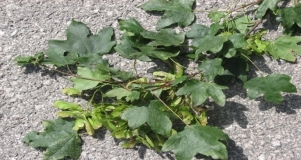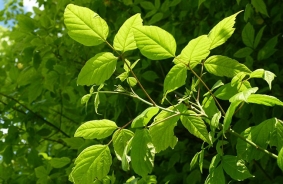Japanese quince Chaenomeles japonica
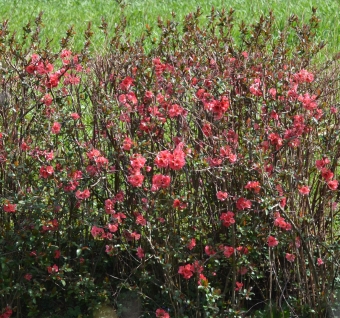
Features
It is a thorny deciduous shrub that is commonly cultivated. It is shorter than another commonly cultivated species C. speciosa, growing to only about 1 m in height. It is best known for its colorful spring flowers of red, white, pink or multi.
| Species | Scrubs (Nanofanerophytes) |
| Living space | |
| Size | up to 1 m |
Description
The leaves are lanceolate to obovate, roughly toothed and glabrous even when young. They are 4 to 5 inches long and 2 to 3 inches wide, including the botany. The unusually large stipules are 1 centimeter long and 1.5 to 2 centimeters wide, kidney-shaped and serrated on the edge; they are only found on long shoots. It blooms in winter, before leaf budding; it blooms again in summer but with less abundance. Usually there are 2 to 3 flowers arranged together; they are coloured orange to brick red. When open, the flowers are 3 to 4 centimeters wide. The fruit is called Kusa-boke in Japanese. It produces apple-shaped fruit, 4-7 centimeters in diameter, that are a golden-yellow color containing red-brown seeds. It is edible, but it is extremely hard and tart until it freezes. The fruits are occasionally used as an additive in cooking jam. In Japan, Japanese quince is a popular species for growing bonsai.Japanese quince
on the habitat Temenica
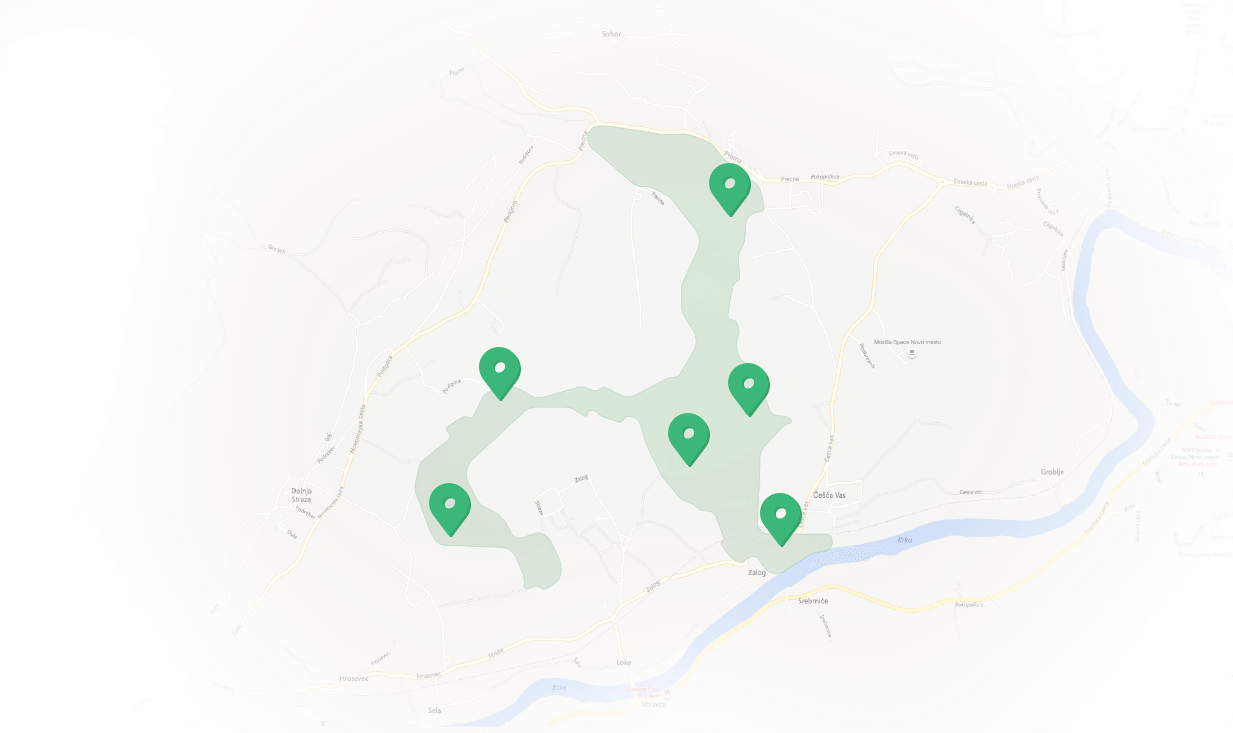
Features Temenica (3)
SPECIAL ogr.

